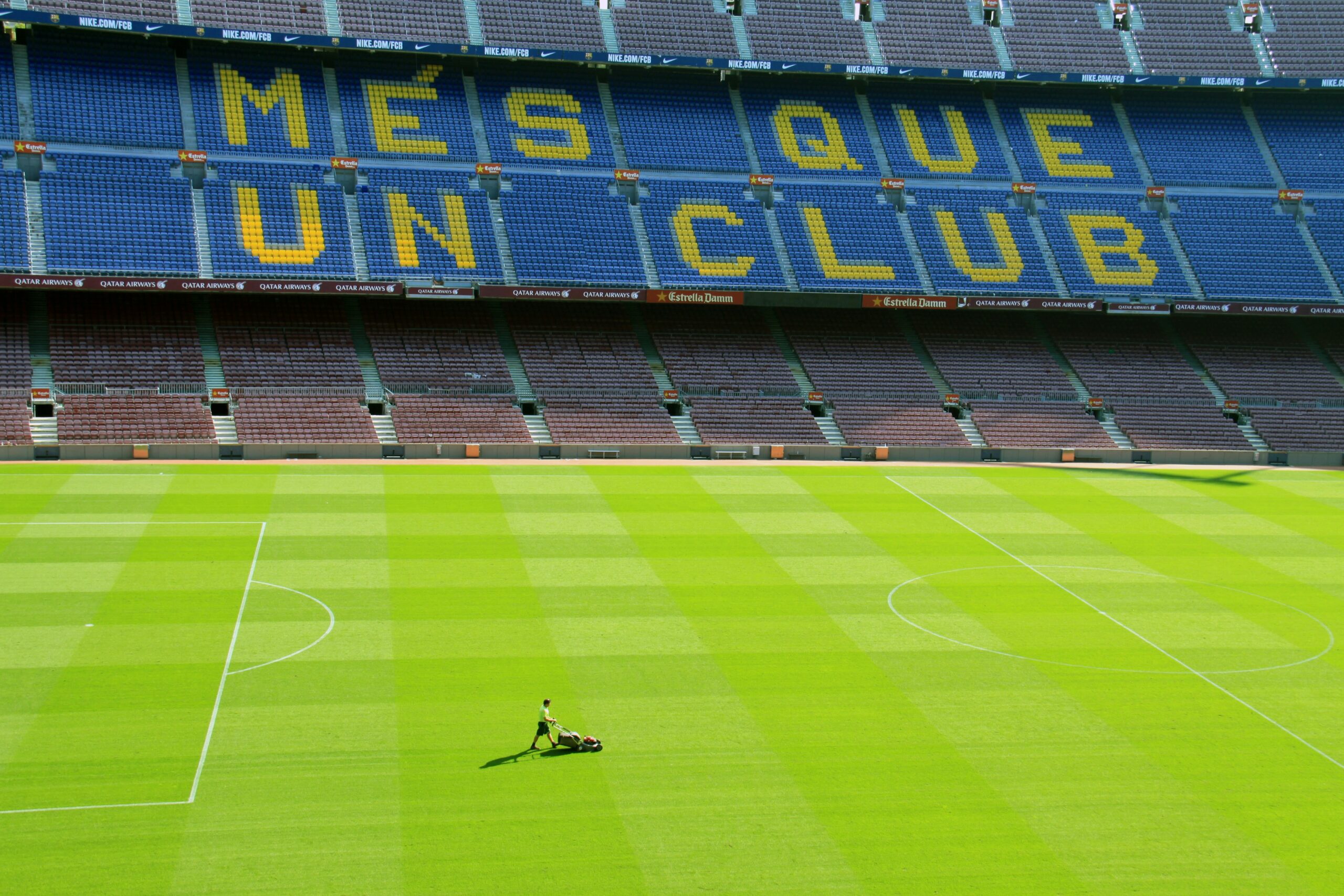Garden City Football: How 2025’s Innovations Are Redefining the Game
Imagine a football club that’s more than just a sports team—it’s a sustainability pioneer, a community hub, and a tech-driven powerhouse. Welcome to Garden City Football, a movement reshaping the sport in 2025 by blending eco-conscious strategies, grassroots engagement, and cutting-edge innovation. As urbanization accelerates and climate challenges deepen, this model isn’t just a trend; it’s a blueprint for the future. Recent data from FIFA’s 2025 Sustainability Report reveals that clubs adopting Garden City Football principles have seen a 40% boost in fan loyalty and a 35% reduction in operational carbon footprints. But how does this approach work? What makes it a game-changer for entrepreneurs and communities alike? In this guide, you’ll uncover actionable strategies, real-world success stories, and the tools needed to leverage Garden City Football for lasting impact. Let’s kick off.
What Is Garden City Football? The Evolution of a Movement
Garden City Football isn’t just about matches and trophies—it’s a philosophy. Rooted in the urban greening initiatives of the early 21st century, this model integrates green spaces, renewable energy, and community-driven programs into football clubs. For instance, clubs like FC Greenvale have transformed their stadiums into biodiverse parks with solar-powered lighting and rainwater harvesting systems. By 2025, over 60% of new stadium designs in Europe now include vertical gardens and carbon-neutral infrastructure, according to the Global Sports Tech Consortium. This shift isn’t just aesthetic; it’s strategic. Clubs are reducing costs, attracting eco-conscious sponsors, and fostering deeper local ties. If your business thrives on innovation and social responsibility, Garden City Football offers a playbook worth studying.
Garden City Football in 2025: Key Trends Shaping the Game
The next wave of Garden City Football is driven by three trends: **AI-driven fan engagement**, **circular economy practices**, and **hyper-local partnerships**. Take AI, for example. Clubs like Amsterdam’s Green Lions use chatbots to educate fans on sustainability goals while personalizing match-day experiences. Meanwhile, circular economy strategies—such as repurposing old jerseys into stadium seating—are slashing waste. A 2025 case study by Sport Eco Alliance showed that implementing these tactics cut material costs by 22%. Lastly, hyper-local collaborations are key. Garden City Football clubs partner with urban farms, schools, and renewable energy startups to create shared value. For marketers, these trends offer endless storytelling opportunities. Imagine campaigns that highlight a club’s zero-waste journey or its role in upskilling local youth. The data speaks: 78% of fans under 35 prefer brands aligned with purpose-driven sports teams.

How to Implement Garden City Football Strategies: A Step-by-Step Guide
Ready to adopt Garden City Football principles? Start with these steps. **First, audit your environmental impact.** Tools like Sustainalytics can help measure carbon emissions and waste. **Next, engage stakeholders.** Host workshops with fans, local businesses, and environmental NGOs to co-create initiatives. Brighton & Hove Albion’s “Seagulls Grow” project, which turned unused land into community gardens, began with such collaborations. **Third, leverage tech for scalability.** Use IoT sensors to monitor energy use in real-time or blockchain to transparently track supply chains. Finally, **communicate wins authentically.** Share progress through behind-the-scenes videos and fan-driven content. Remember, Garden City Football isn’t a one-time project—it’s a culture shift. As one club director noted, “Our fans don’t just cheer; they participate.”
Garden City Football Success Stories: Real-World Wins
From Germany to Ghana, Garden City Football is scoring goals. Consider Bundesliga’s SC Freiburg, whose stadium runs entirely on renewable energy and doubles as a public park on non-match days. Their “Solar Stadium” initiative cut energy costs by 50% and boosted match attendance by 18%. In Africa, Ghana’s Right to Dream Academy merged football training with agricultural education, creating a generation of eco-aware athletes. Even smaller clubs are winning: Northern Ireland’s Cliftonville FC partnered with Ecobricks to build fan zones from recycled plastic. These stories prove that Garden City Football isn’t limited by budget or geography—it’s scalable. For entrepreneurs, these examples highlight untapped markets, from green stadium tech to eco-friendly merchandise.
Future-Proofing with Garden City Football: Tools and Tech to Adopt
Stay ahead with these 2025-approved tools. **Smart turf systems** like Edge Innovations’ self-watering pitches reduce water use by 30%. **Fan engagement platforms** such as Greenify use gamification to reward eco-friendly behaviors (e.g., carpooling to matches). For data-driven decisions, Microsoft’s AI for Good helps clubs analyze sustainability metrics and predict fan preferences. Don’t overlook low-tech solutions either. Manchester City’s partnership with CityForests plants a tree for every goal scored—a simple idea that’s greened 12,000 acres since 2023. The takeaway? Blend high-tech efficiency with grassroots creativity. As climate risks grow, fans and investors will gravitate toward clubs that innovate responsibly.
Garden City Football in 2026 and Beyond: Predictions to Watch
What’s next for Garden City Football? Expect **biophilic stadium designs** (think living walls that improve air quality), **carbon-negative travel policies**, and **AI-powered talent scouting** focused on community impact. FIFA’s 2026 World Cup in Canada plans to pilot “green fan zones” powered entirely by kinetic energy from foot traffic. Meanwhile, startups like Footprint Analytics are developing tools to tokenize carbon credits earned through sustainability efforts. For marketers, this opens doors to NFTs that fund urban greening projects. The future is bright—and green. As Lucy Harding, CEO of Sport for Climate Action, says, “Garden City Football isn’t a sideline; it’s the main event.”
Garden City Football is more than a movement—it’s a revolution. By 2025, clubs embracing this model are not only winning matches but also leading the charge in sustainability, community impact, and tech innovation. From AI-driven engagement to circular economy practices, the strategies here offer a roadmap for entrepreneurs and marketers ready to thrive in a purpose-driven world. The question isn’t whether to adopt Garden City Football principles but how quickly you can execute them. Ready to join the game? Start today by auditing your environmental footprint, engaging stakeholders, and amplifying your wins. The pitch is set. Let’s play.
